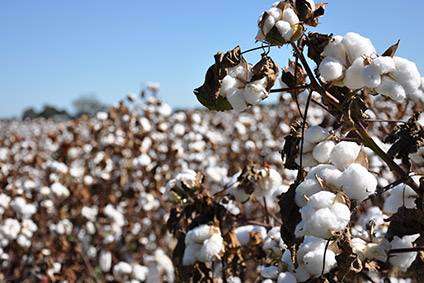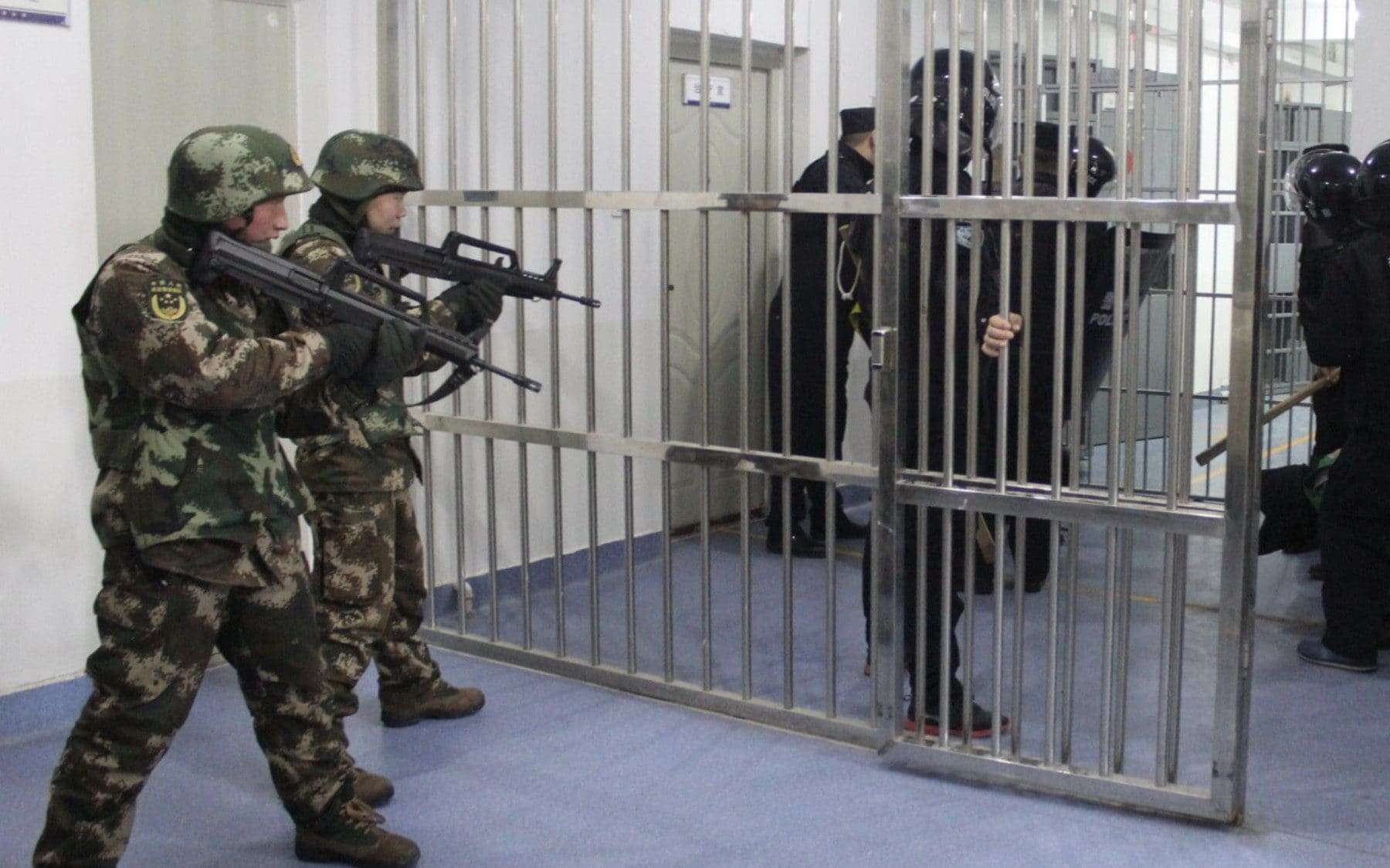Today marks the 13th anniversary of the Urumqi Massacre which took place in the capital…
Report from The Center for Global Policy: “Coercive Labor in Xinjiang: Labor Transfer and the Mobilization of Ethnic Minorities to Pick Cotton”

The following is taken from an Center for Global Policy brief on December 15, 2020.
“New evidence from Chinese government documents and media reports shows that hundreds of thousands of ethnic minority laborers in Xinjiang are being forced to pick cotton by hand through a coercive state-mandated labor transfer and “poverty alleviation” scheme, with potentially drastic consequences for global supply chains. Xinjiang produces 85 percent of China’s and 20 percent of the world’s cotton. Chinese cotton products, in turn, constitute an important basis for garment production in numerous other Asian countries. Previously, evidence for forced labor in Xinjiang pertained only to low-skilled manufacturing, including the production of textiles and apparel. This report provides new evidence for coercion specifically related to cotton picking. These findings have much wider implications, affecting all supply chains that involve Xinjiang cotton as a raw material. On Dec. 2, 2020, the United States placed a Withhold Release Order on cotton produced by the Xinjiang Production and Construction Corps. However, this entity only produces 33 percent of Xinjiang’s cotton and only 0.4 percent of its highest-quality long-staple cotton. This report provides evidence for coercive labor related to all cotton produced in Xinjiang.
“The evidence shows that in 2018, three Uyghur regions alone mobilized at least 570,000 persons into cotton-picking operations through the government’s coercive labor training and transfer scheme. Xinjiang’s total labor transfer of ethnic minorities into cotton picking likely exceeds that figure by several hundred thousand. Despite increased mechanization, cotton picking in Xinjiang continues to rely strongly on manual labor. In 2019, about 70 percent of the region’s cotton fields had to be picked by hand – especially the high-quality long-staple cotton predominantly grown in southern Xinjiang’s Uyghur regions, where mechanized picking shares are low. State policies have greatly increased the numbers of local ethnic minority pickers, reducing reliance on outside Han Chinese migrant laborers. The intensive two- to three-month period of cotton picking represents a strategic opportunity to boost rural incomes, and therefore plays a key role in achieving the state’s poverty alleviation targets. These targets are mainly achieved through coercive labor transfers. Cotton picking is grueling and typically poorly paid work. Labor transfers involve coercive mobilization through local work teams, transfers of pickers in tightly supervised groups, and intrusive on-site surveillance by government officials and (in at least some cases) police officers. Government supervision teams monitor pickers, checking that they have a “stable” state of mind, and administer political indoctrination sessions. Some regions put Uyghur children and elderly persons into centralized care while working-age adults are away on state-assigned cotton-picking work assignments. While not directly related to the campaign of mass internment, these labor transfers can include persons who have been released from internment camps. The data presented in this report provides strong evidence that the production of the majority of Xinjiang’s cotton involves a coercive, state-run program targeting ethnic minority groups.”


